Swiss beat: Akris turns 100
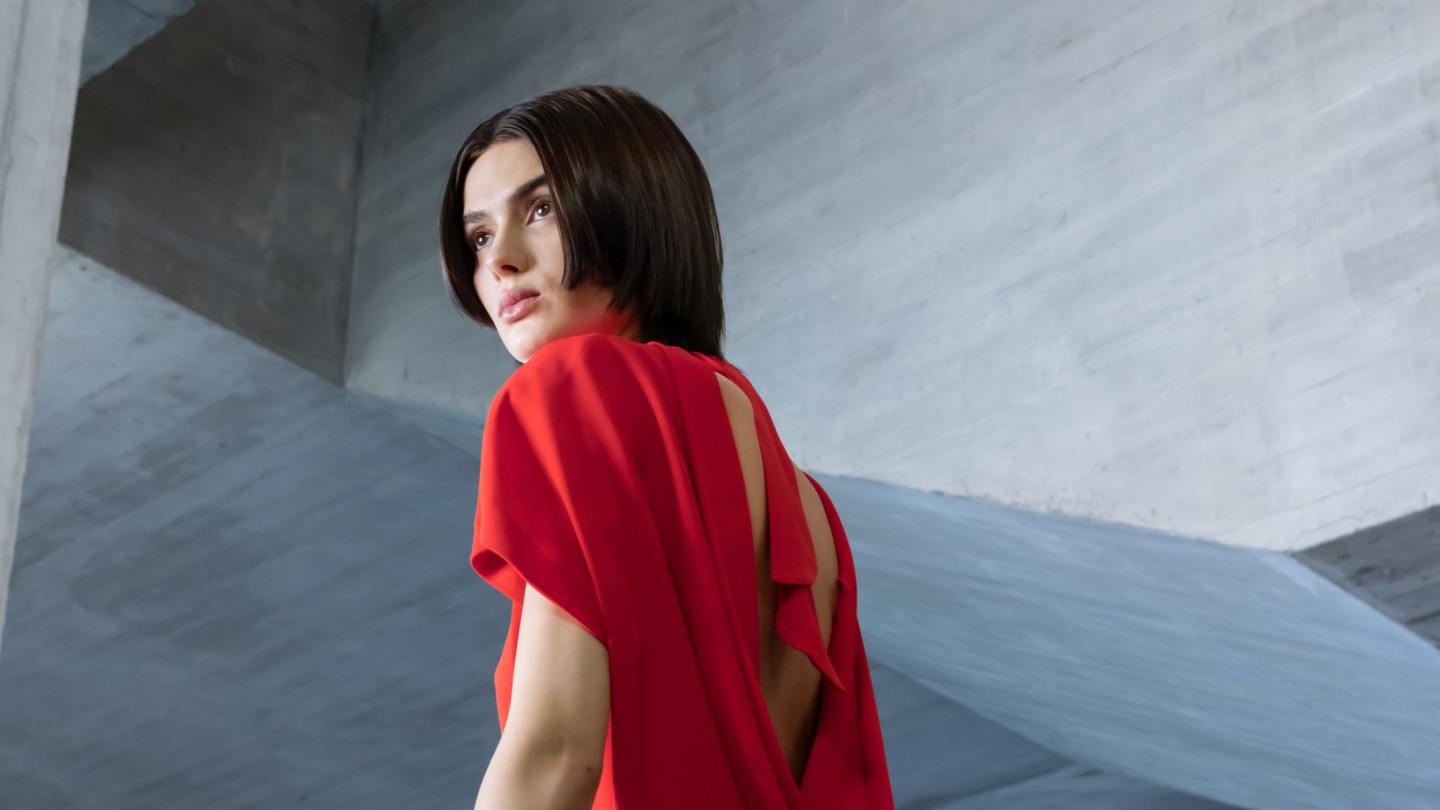
Simply sign up to the Style myFT Digest -- delivered directly to your inbox.
There are more than a handful of epigrammatic, emotive words in the German language that have no succinct, English equivalent. Schadenfreude, to glean joy from other people’s misfortune, is a well-documented one, while Zugzwang is a zinger that captures the pressure-cooker moment of being forced to make a quick decision. To the list Albert Kriemler, the creative director of the Swiss-based fashion house Akris, would add selbstverständlich. “It’s a fabulous word,” says the designer, who speaks four languages – including English and German – fluently. “It’s a feeling of effortlessness and just-rightness in its appearance. That’s how I think fashion should be.”
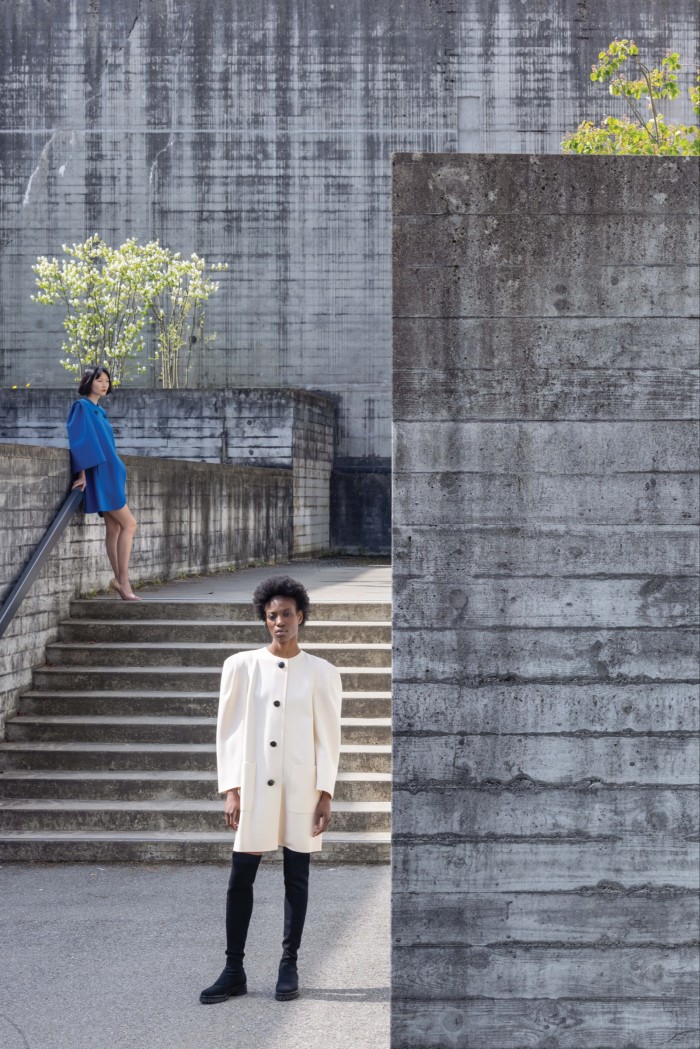
For Kriemler, selbstverständlich is the essence of his approach to womenswear: elegant, understated designs that don’t dictate someone’s style. Grounded in tailoring traditions and strong architectural silhouettes, his designs for the family-owned brand are discreetly luxurious and embraced by high-powered, sophisticated women who are secure in their femininity; Amal Clooney, Angelina Jolie and former US secretary of state Condoleezza Rice are fans. The company doesn’t disclose revenues, but a University of St Gallen case study put the brand’s sales between SFr250mn and SFr300mn (about £225mn to £270mn) in 2011, with an operating income of about £40mn to £54mn. Akris currently has 21 boutiques globally and 200 wholesale retailers including Bergdorf Goodman and Nordstrom. “Every piece we create should stand on its own to give women the freedom to wear it how they want,” he says. “My duty is really to create clothes that build a wardrobe.”
It’s a modest intention that suits the reserved designer. He is speaking from the same office he has had for 40 years, adjacent to the design studio in his hometown of St Gallen, where his paternal grandmother Alice Kriemler-Schoch first established the brand in 1922. It reflects, too, Kriemler-Schoch’s own design legacy, which began with aprons, then the uniform of the Swiss working woman – teachers, doctors, shopkeepers – a utilitarian garment that was designed for all-day wear. Kriemler grew up with his grandmother in a multilevel, multigenerational family home and recalls watching her getting ready for work. Her preferred attire was a tailored black pinafore dress, flat shoes and, of course, her apron. “She was a humble person but always chic. She had purpose,” he recalls.
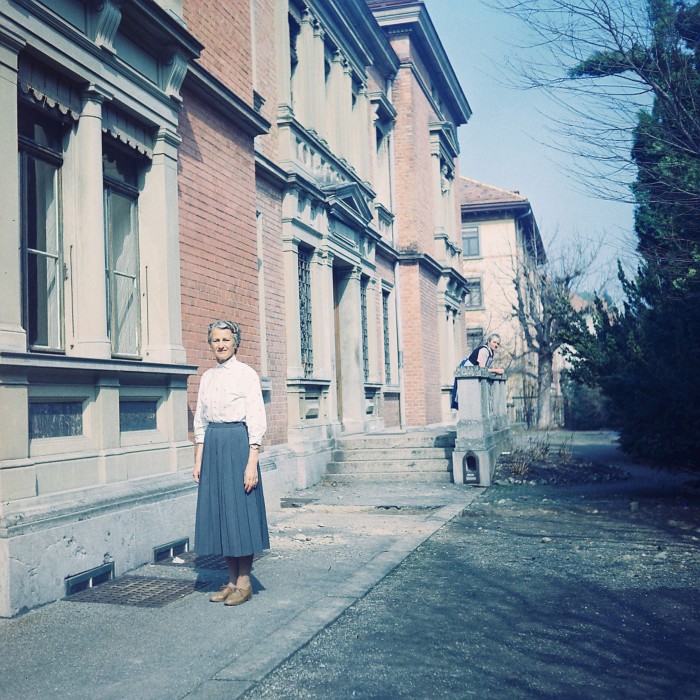
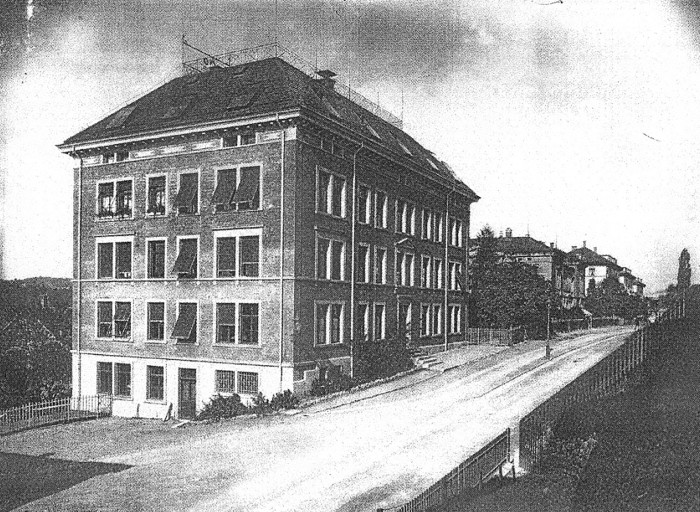
In 1944, the death of Kriemler-Schoch’s husband, also Albert, changed the company’s course. Albert’s father, Max, abandoned his medical studies to step in and help the business, expanding the ready-to-wear offer in the ’50s and changing the company name to Akris, an acronym composed from the letters of his mother’s name. He was instrumental in developing Akris’s global footprint, going on to manufacture Ted Lapidus’s ready-to-wear collections under a licence, as well as Hubert de Givenchy’s diffusion lines Givenchy Nouvelle Boutique and Givenchy 5. Kriemler-Schoch continued to work for the company until she died at the age of 76, but she also found more time to pursue things outside her career. “She learned English at the age of 60, skiing at 62, and to drive at the age of 65,” says Kriemler.
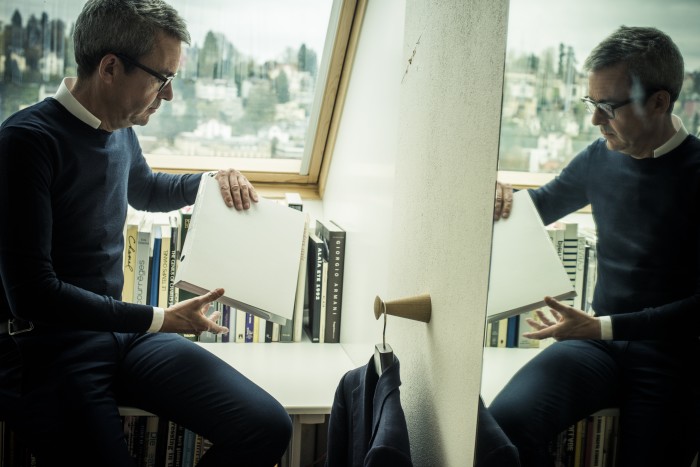
To mark the 100th anniversary, Kriemler has compiled a monograph and prepared a centenary collection, both projects that have allowed him to dig deep into the Akris lore. For the book, titled Selbstverständlich, naturally, he approached the Zürich publishing house Lars Müller, a company usually focused on publications about architecture and design. “I had to convince him that it’s not just fashion; we wanted to go deeper,” says Kriemler, “and do another kind of book to tell the story of Akris, and what St Gallen is to us.”
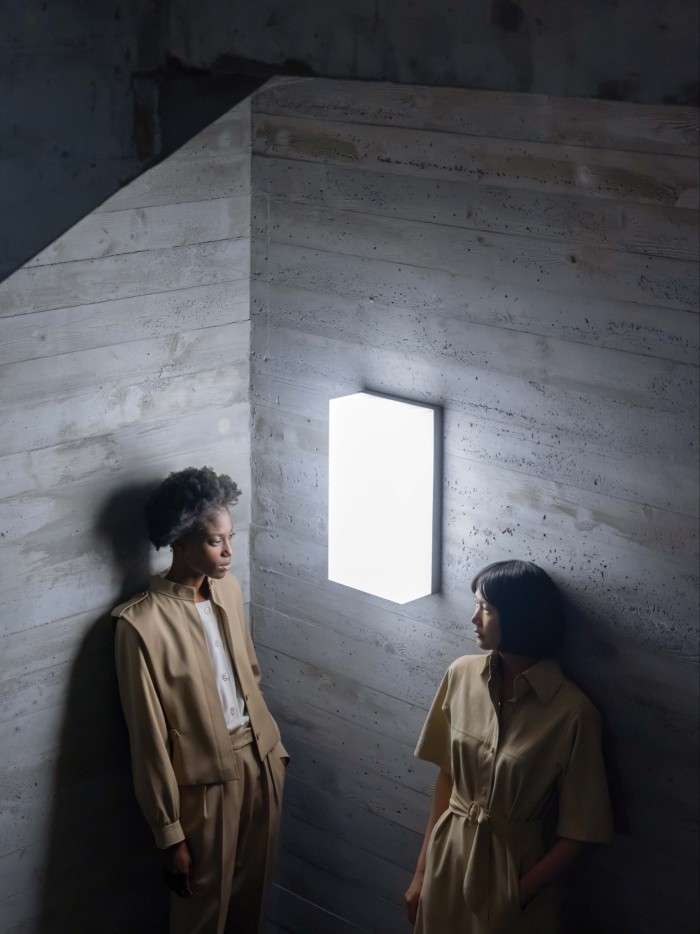
Situated an hour outside of Zürich, St Gallen is written deep into the Akris DNA. In the late 19th century, the Swiss had a stranglehold on embroidery, of which St Gallen was once the centre, and the city’s reputation for exceptional lace-making remains undiminished to this day. The German-Danish painter Emil Nolde taught in the drawing school of the Industry and Trade Museum, now the Textile Museum St Gallen, where the textile artist Sophie Taeuber-Arp had been a student. Today only a handful of the hundred-plus embroiderers remain, but Kriemler continues to collaborate closely with each of them, enjoying a proximity that allows him to develop his own modern embellishments every season. “In the ’80s I wanted to get into richer fabrics and build embroideries into the collection,” says Kriemler, who started working straight out of high school in 1980. In 1987, his father transferred the company over to Albert and his younger brother Peter, who is now the company’s owner and president.
For the book, Iwan Baan photographed much of Kriemler’s own early work – original pieces designed between 1979 and 1992 – at the University of St Gallen, a brutalist landmark designed by the Swiss architect Walter M Förderer. Architecture is a nascent interest that was encouraged by Kriemler’s uncle, an architect who would take him on annual pilgrimages when he was young. “That was the first seed, then I started to learn,” he says. “In fashion, it’s important to be connected to other fields.” In fact, architecture informs every facet of the business, from the David Chipperfield-designed Akris boutiques in Tokyo and Washington to its trapezoidal monogram, which was inspired by a pavilion designed by the Mexican architect Tatiana Bilbao.
The experience of putting the book together inspired Kriemler to revisit the ’80s for the SS23 collection he will show this week. He dug out old patterns, refashioned them to make them more contemporary and reproduced original fabrics, such as a lace from Calais. The collection also includes six reproductions that have remained unaltered. It’s a testament not just to timelessness, but to the family’s stewardship of industry traditions. “It’s not a retrospective,” says Kriemler of the upcoming collection and centenary celebration. “Instead, it honours the culture we have always had.”
The art of Akris – seven great artist collaborations
AW14 THOMAS RUFF
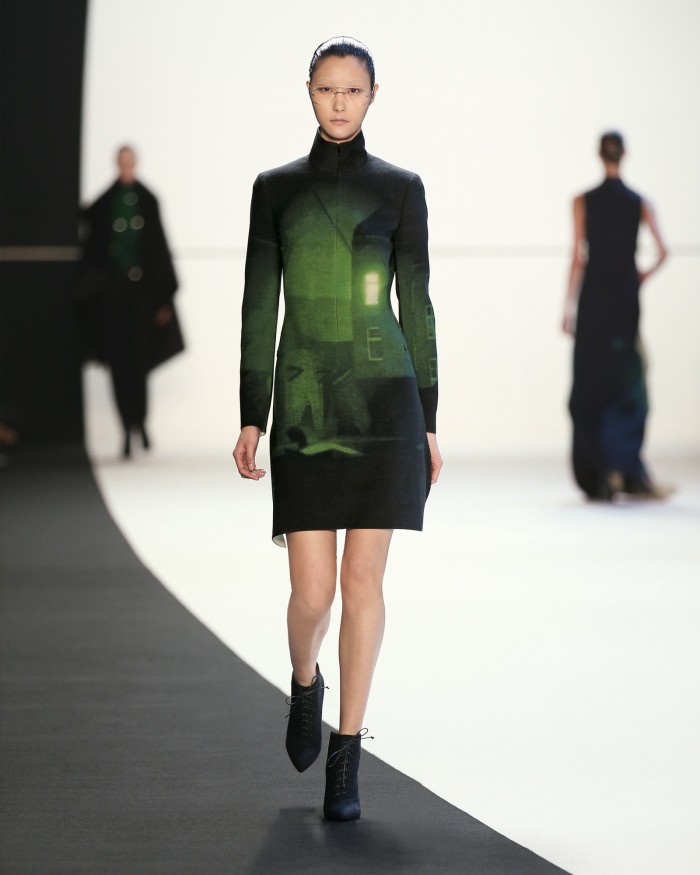
SS17 CARMEN HERRERA
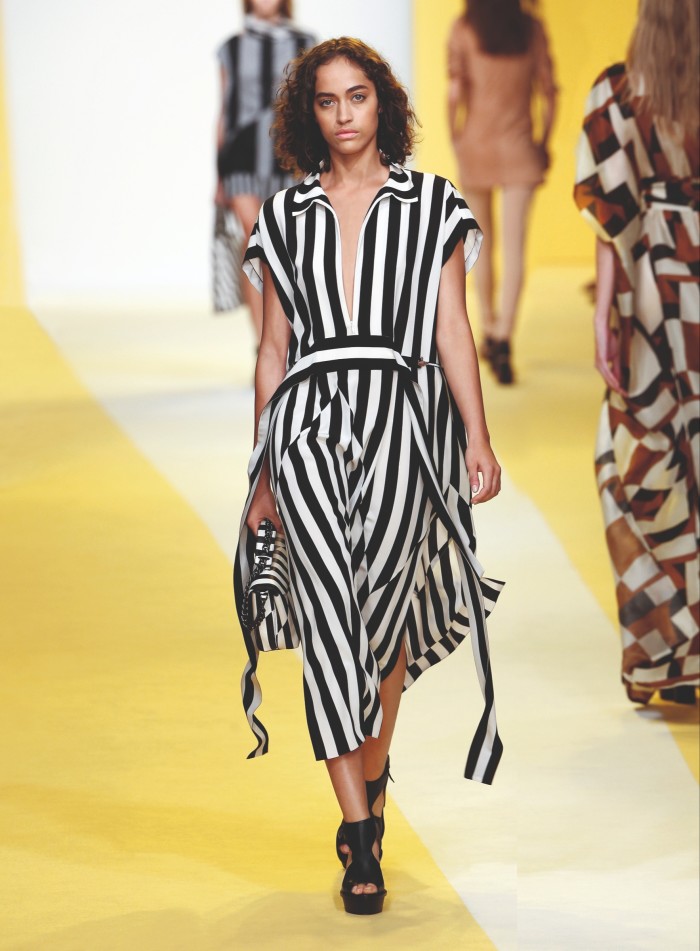
SS16 SOU FUJIMOTO
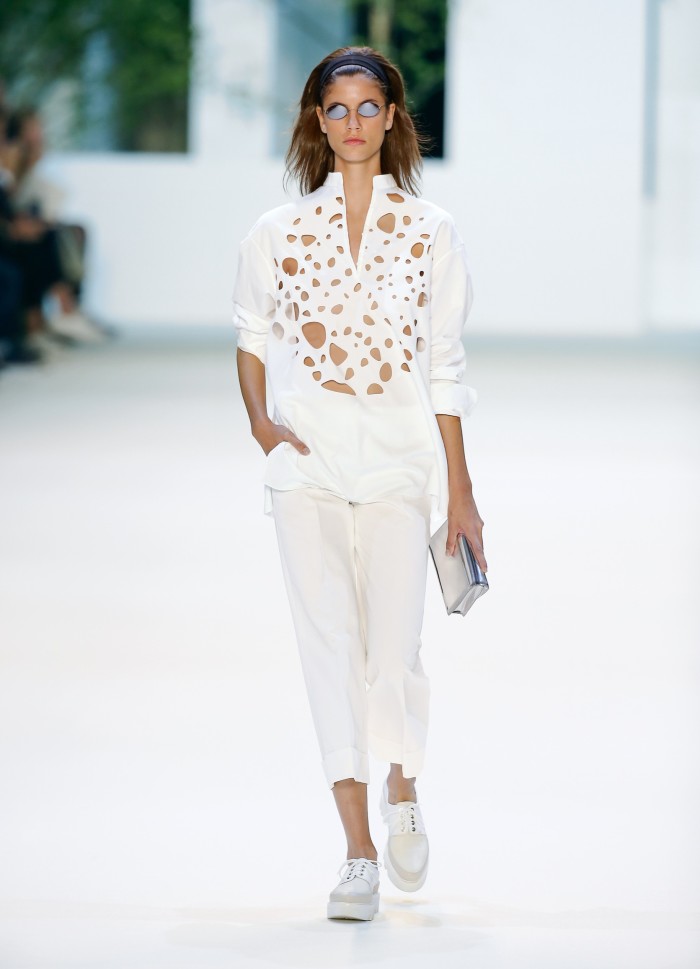
ss18 ALEXANDER GIRARD
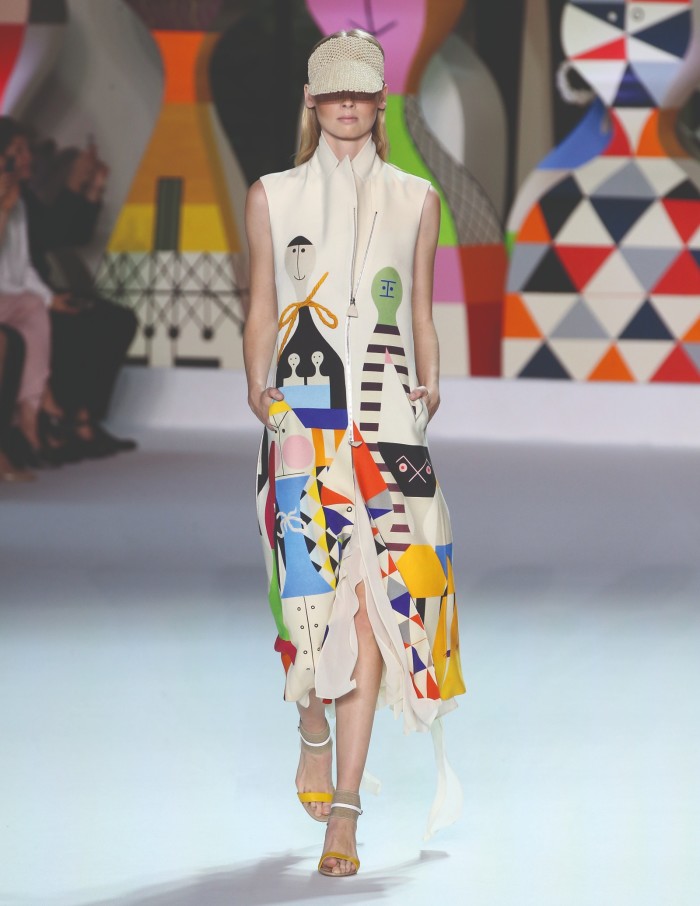
SS19 GETA BRATESCU
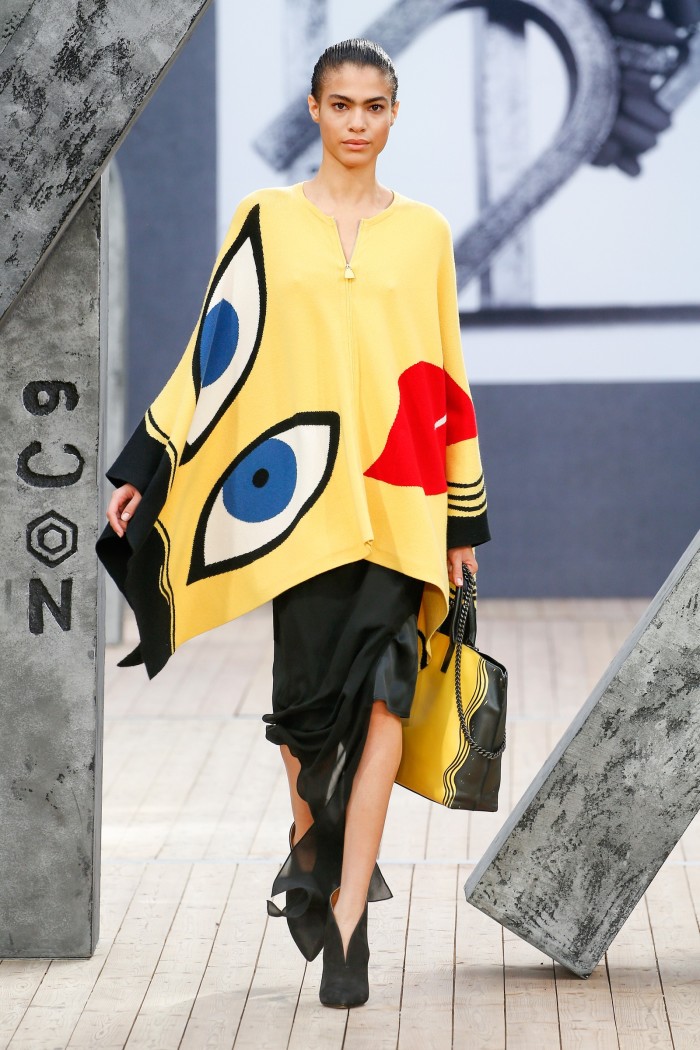
ss21 Imi Knoebel
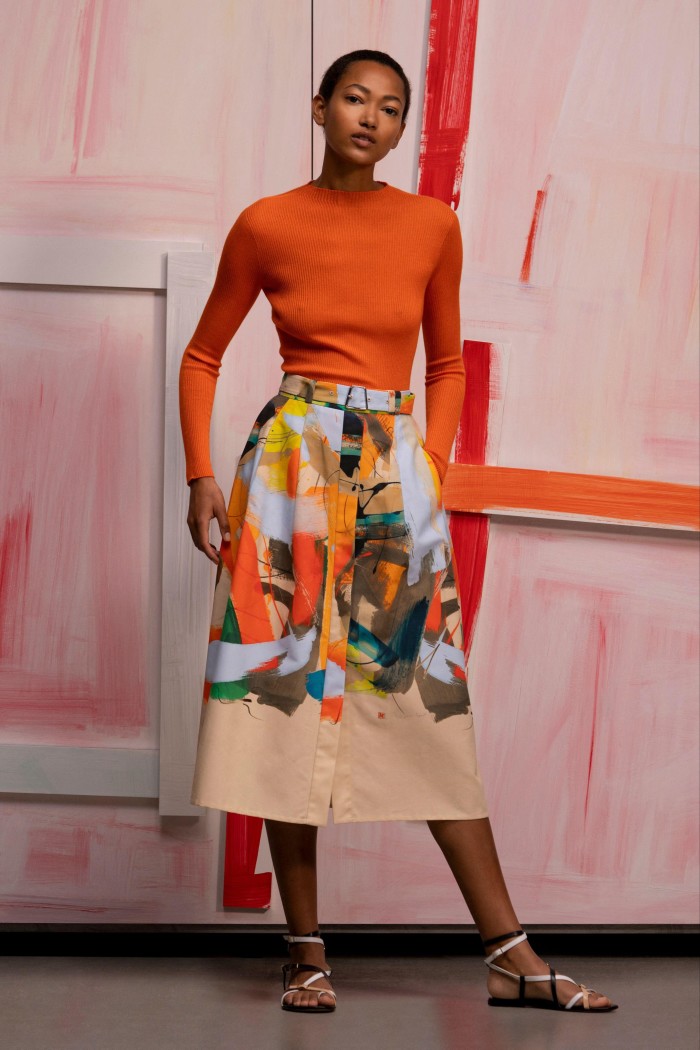
AW22 Reinhard Voigt
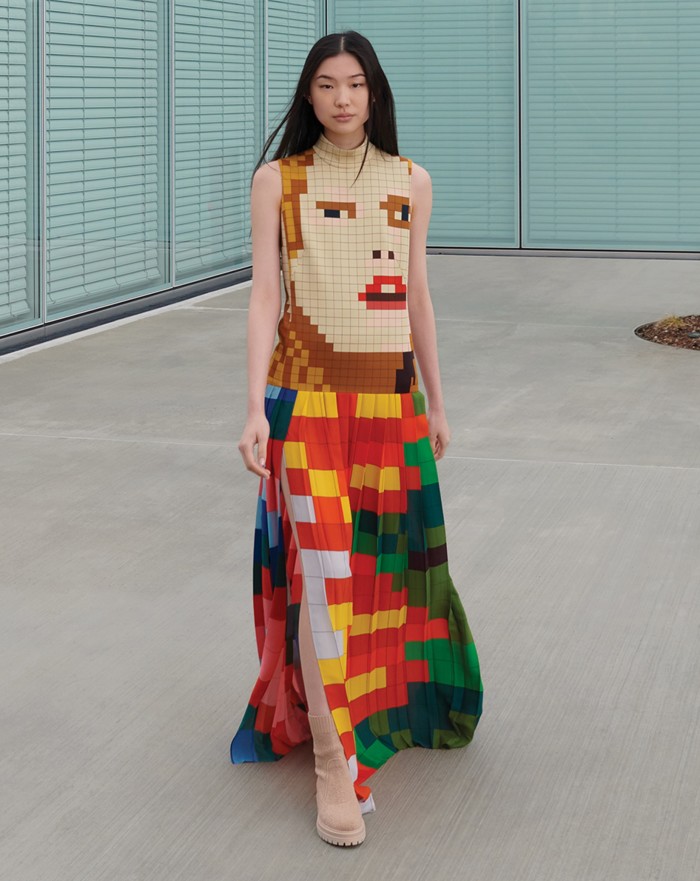
Comments